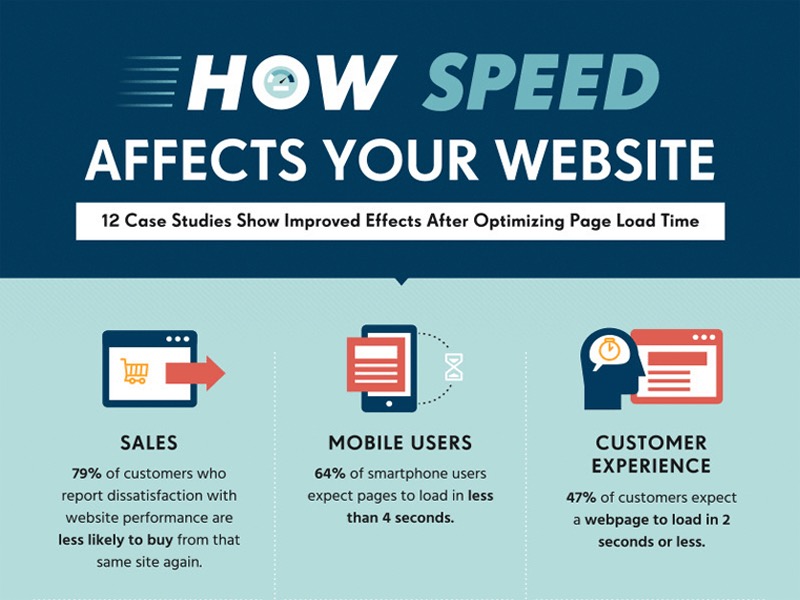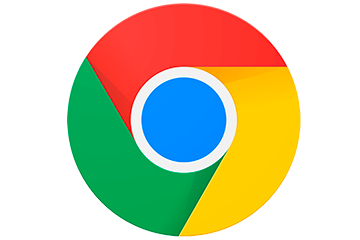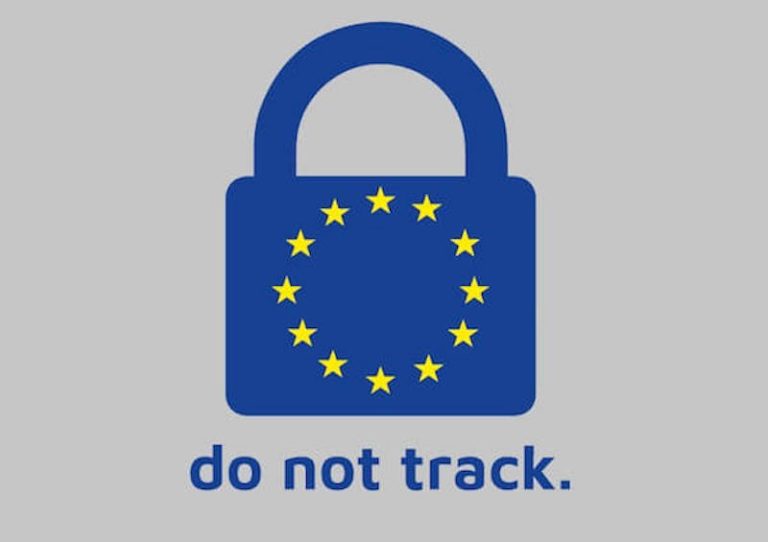Blog/Optimization

The majority of customers reported that they are less likely to return to a site that takes too long to load. More than half of smartphone users expect pages to load in less than 4 seconds and 47% of all customers expect a webpage to load in 2 seconds or less. This means that a faster page load translates into increased sales revenues. For example, if a site makes 0,000 a day an improvement in page load time of just 1 second would bring an increase of ,000 daily. Conversely, a 1-second delay would result in a 7% reduction in conversion rates.
Let’s face it nobody likes it when web pages take a long to load but did you know that a delay in page load time of only a few seconds can dramatically affect your website’s performance? Case studies of a few of the most visited websites on the Internet show that website speed is directly related to sales rates, bounce rates, and the level of customer satisfaction.
Google, Bing & Firefox

AutoAnything & Edmunds.com
Originally published June 13, 2017 – Updated January 26, 2022
The Infographic: Twelve Case Studies
For more information on how page load optimization results in notable improvement of website performance, take a look at the infographic below-containing case studies for twelve different websites.
The study reported that if AutoAnything could cut its page load time in half, their website would increase its sales rates by 13% and its conversion rates by 9%. The automobile site, Edmunds.com could increase their page views by 17% and ad revenues by 3% if they shaved off 7 seconds off of their page load time.

![[Press Release] Convert Experiences, Personalization and New Pricing](https://research-institute.org/wp-content/uploads/2022/07/press-release-convert-experiences-personalization-and-new-pricing.jpg)




